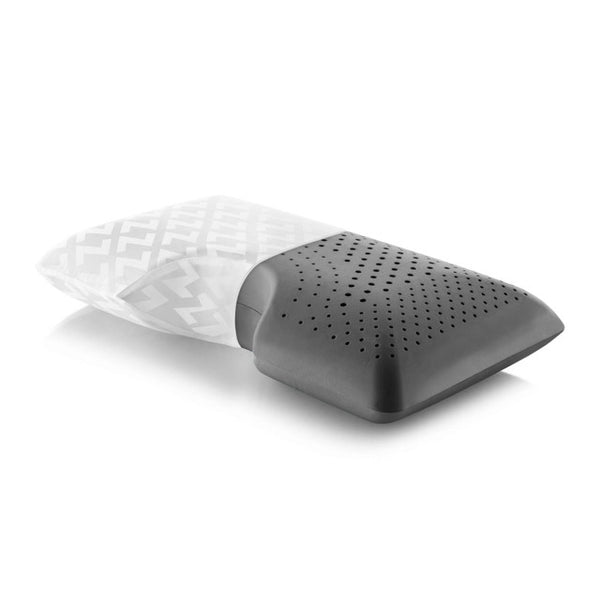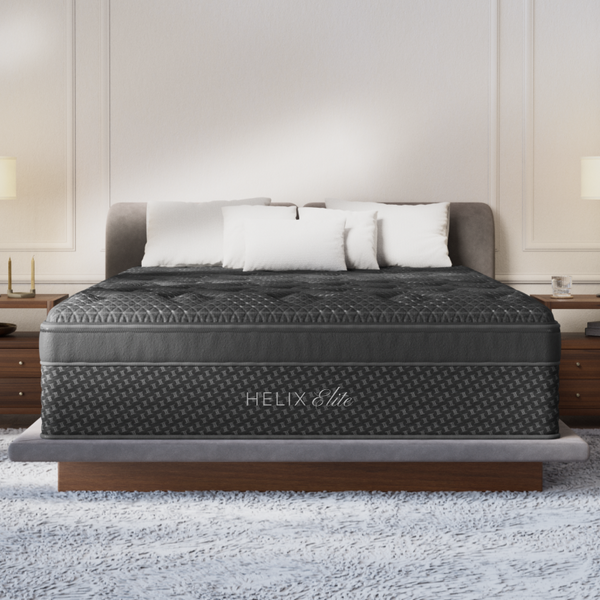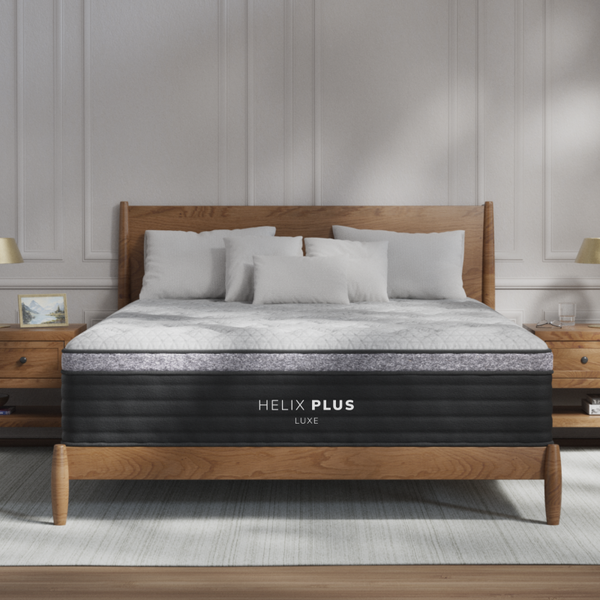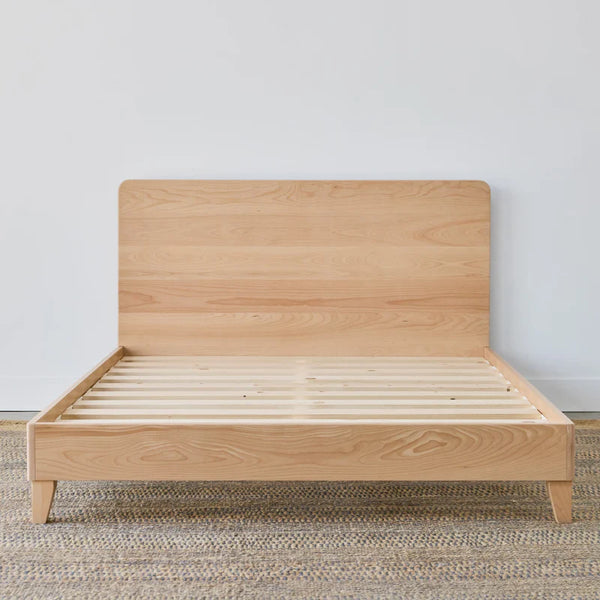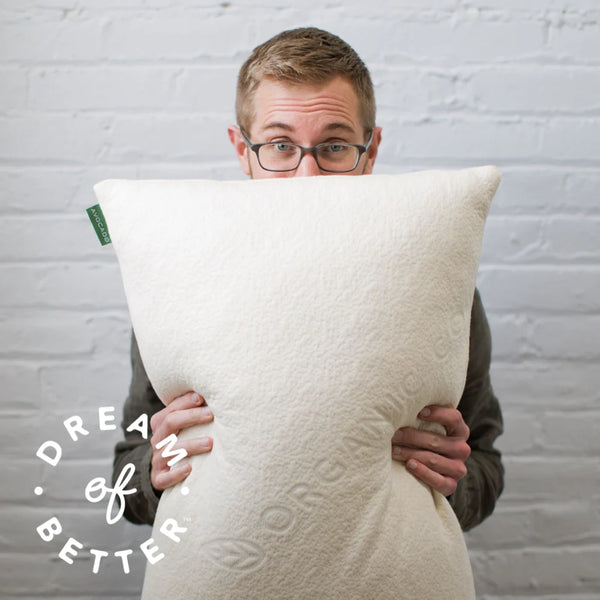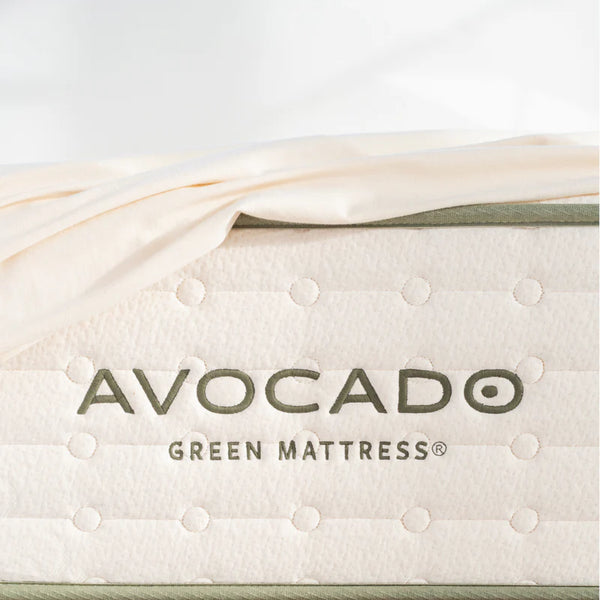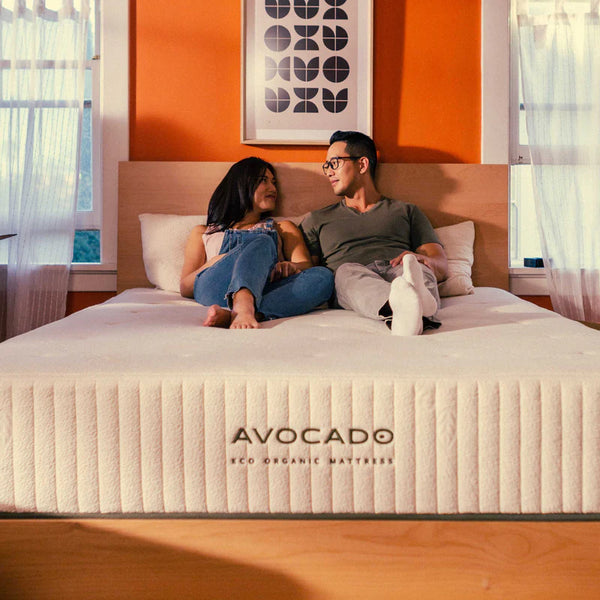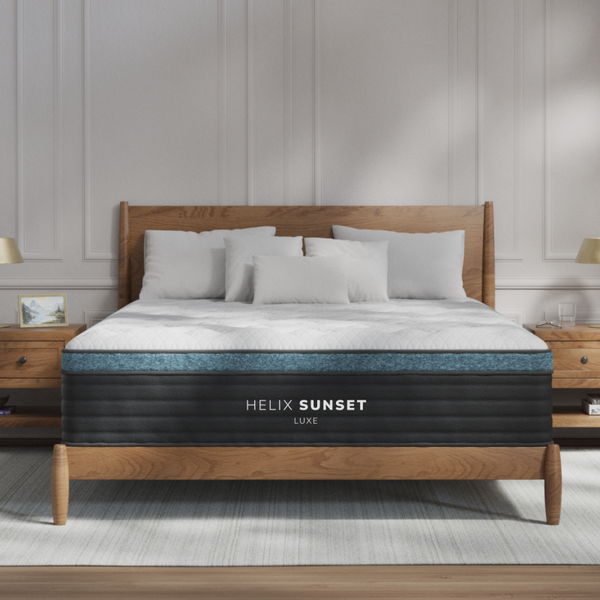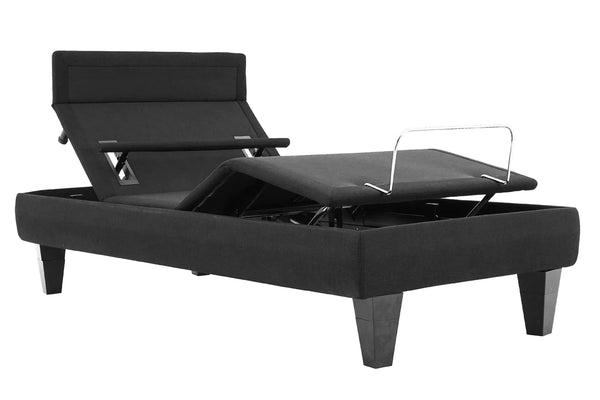
Frequently Asked Questions
1. What materials are commonly used in mattresses?
2. What are the main benefits of memory foam mattresses?
3. How does latex compare to other mattress materials?
4. What should I consider when choosing a mattress based on my sleeping position?
When it comes to acquiring the perfect mattress, understanding the various materials available can transform your sleep experience. The right choice impacts not only the quality of your rest but also your overall health and well-being. This guide aims to illuminate the various mattress materials available in the market, particularly focusing on memory foam, latex, innerspring, and hybrid options. Each material has its unique properties, advantages, and disadvantages that play a significant role in your sleep quality.
Memory Foam: The Contour Champion
Memory foam has gained immense popularity for its remarkable ability to contour to the body's shape. Originally developed by NASA in the 1960s, this material has evolved to become a favored choice for mattresses.
How Memory Foam Works
Memory foam is made from viscoelastic foam, which means it has both viscosity (the ability to flow under stress) and elasticity (the ability to return to its original shape). When you lie down, your body heat softens the foam, allowing it to mold to your body shape. This leads to personalized support for aligning your spine and reducing pressure points.
Benefits of Memory Foam
- Pressure Relief: The adaptive nature of memory foam distributes weight evenly.
- Motion Isolation: Memory foam absorbs movement, making it perfect for couples.
- Hypoallergenic: Memory foam is resistant to allergens such as dust mites.
Considerations
While memory foam is favored for comfort, it may retain heat. However, many manufacturers offer gel-infused memory foam options that provide a cooler sleep surface. Understanding your preferences and requirements is key to ensuring a restful night’s sleep.
Latex: The Natural and Durable Option
Latex mattresses are known for their natural properties and durability, offering an eco-friendly alternative to traditional foam mattresses. Made from rubber tree sap, latex provides unique benefits that appeal to many shoppers.
Types of Latex
There are two primary types of latex used in mattresses: natural latex and synthetic latex. Natural latex is derived from the sap of rubber trees, while synthetic latex is made from petroleum-based products. Natural latex tends to have better durability and eco-friendliness.
Advantages of Latex
- Comfort: Latex provides a responsive feel without sacrificing support.
- Durability: Latex mattresses can last up to 15 years, making them a smart investment.
- Cooler Sleep: The open cell structure of latex allows for breathability.
Potential Drawbacks
While latex mattresses excel in many areas, they can come at a higher price point than traditional mattresses. For those with latex allergies, synthetic options may be available, but it's essential to consult a healthcare professional first.
Innerspring: The Classic Favorite
Innerspring mattresses are among the most traditional and commonly used types of mattresses. These beds utilize a system of coils to provide support and structure.
How Innerspring Mattresses Work
The support system in innerspring mattresses primarily consists of steel coils. The gauge and number of coils can influence the mattress's firmness and overall support. A higher coil count typically translates to better support and durability.
Pros of Innerspring Mattresses
- Affordability: Innerspring mattresses are often more budget-friendly compared to other materials.
- Breathability: The coil structure allows for better airflow, contributing to a cooler sleep experience.
- Firmness Levels: Innerspring mattresses come in various firmness options to cater to unique preferences.
Considerations for Innerspring Buyers
Despite the positive aspects, innerspring mattresses may have a shorter lifespan than their foam and latex counterparts. They can also be prone to motion transfer if you're sharing a bed. Therefore, testing one in person is crucial for determining if it meets your comfort needs.
Hybrid Mattresses: The Best of Both Worlds
Hybrid mattresses merge various materials, primarily combining the support of innerspring coils with the comfort of foam or latex. This blend aims to provide an all-encompassing sleep experience.
Characteristics of Hybrid Mattresses
Hybrid mattresses typically layer several materials. The comfort layer may consist of memory foam or latex, while coils provide support underneath. This combination aims to offer the best of both worlds: the contouring comfort of foam and the responsiveness of traditional coils.
Benefits of Hybrid Mattresses
- Versatility: Hybrids can accommodate diverse sleeping positions, making them ideal for a range of sleepers.
- Enhanced Breathability: Hybrid designs promote airflow, resulting in a cooler sleep environment.
- Exceptional Support: With layers of foam and coils, hybrids often deliver optimal support and pressure relief.
Considerations
Due to their complex design, hybrid mattresses can be more expensive than standard options. Furthermore, the wide variety of combinations can make it challenging to find the perfect fit. Testing different options is key to finding your ideal mattress.
Choosing the Right Mattress Material for You
Now that we’ve explored the various mattress materials available, it’s essential to consider your unique needs and preferences when making a choice. Each material has its strengths, and understanding those can lead you to a more restful night's sleep.
Assessing Your Sleep Position
Your sleeping position is a critical factor in determining the best mattress material. For instance:
- Back Sleepers: May prefer a mattress that offers moderate support and cushioning.
- Side Sleepers: Often benefit from materials like memory foam that relieve pressure on shoulders and hips.
- Stomach Sleepers: Typically require a firmer surface to prevent spinal misalignment.
Allergies and Sensitivities
If you have allergies, consider hypoallergenic materials like latex or specifically treated memory foams. These materials resist allergens and can improve your health and quality of sleep.
Budget Considerations
Budget plays a crucial role in mattress selection as well. Memory foam can range in price, with higher-end models typically offering better quality and longevity. Meanwhile, innerspring mattresses often represent a more economical option. Assess not only the initial cost but also how long you expect the mattress to last.
Test Before You Invest
Purchasing a mattress is a significant investment that directly impacts your health. Most retailers offer a trial period, allowing you to test the mattress in the comfort of your own home. A period of 30 to 90 nights is ideal for understanding if the mattress meets your expectations.
How to Test a Mattress
When evaluating a mattress during the trial period, consider these factors:
- Comfort: Does it feel comfortable and supportive across different positions?
- Temperature Control: Are you waking up feeling hot or uncomfortable?
- Support: Does your spine stay aligned during the night?
Final Thoughts: Your Sleep Sanctuary Awaits
Understanding the various mattress materials is crucial to claiming a restful night's sleep. With options from memory foam to latex and hybrids that offer the best of both worlds, there’s a perfect fit for everyone. Take your time to evaluate your needs, preferences, and budget. Armed with this knowledge, you can ensure you make a well-informed choice that enhances your sleep quality for years to come. So go ahead, step into a world of comfort and wake up rejuvenated!

